It may be distressing for animal enthusiasts, but the hard truth is that creatures which are unrelated to human power struggles, conflicts and spite have been broadly utilized in wartime scenarios globally. These beings, known as military animals, are non-human entities that participate in warfare and other related combat activities. We often honor numerous courageous soldiers who have lost their lives through various global wars, but have you ever considered that they weren’t the sole victims? Just in World War I, for instance, around 16 million animals were utilized, and sadly, 9 million among them perished in the war. Ranging from armored camels to spy squirrels, take a look at these 25 animals that have been enlisted in military service.

Horse
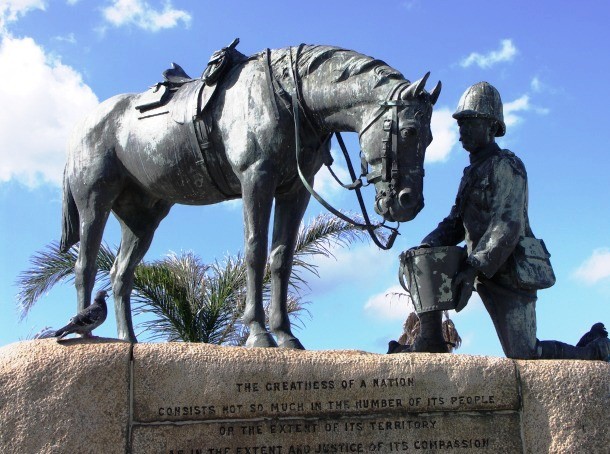
Since the horse is the most widely used animal throughout the recorded history of warfare, it should not be surprising to see this animal on this list. However, one particular horse rises above the rest. Its name is Sergeant Reckless, a horse that held official rank in the United States military. But what makes this horse so extraordinary happened on March 1953, when Sergeant Reckless made 51 solo trips in one day in order to resupply multiple front line units. She was awarded two Purple Hearts, a Marine Corps Good Conduct Medal and several other military honors.
Mule
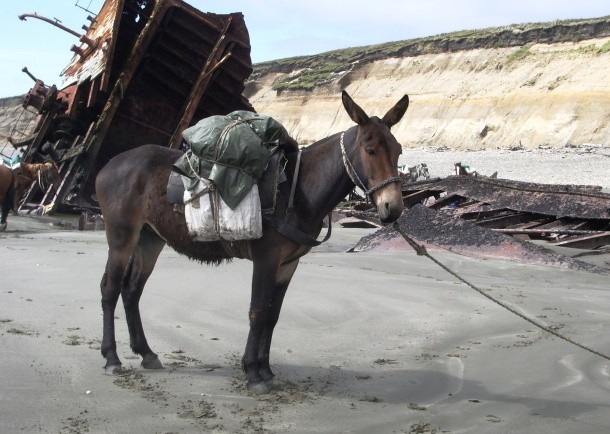
Though there isn’t one particular mule that stands out when studying war history, no one can deny the mules huge contributions to war. Because of their incredible ability to carry loads over difficult terrain unavailable to jeeps and even horses, they were used in many wars including World War I and II.
Dog

Dogs have (and continue to) play a huge role in war. From fighting logistics and communication to medical research and tracking, they have been very useful and loyal helpers in the battlefields. Probably the most famous war dog of them all was Sergeant Stubby which has been labeled as the most decorated ward dog of World War I and the only dog to be nominated for rank and then promoted to sergeant through combat.
Fox
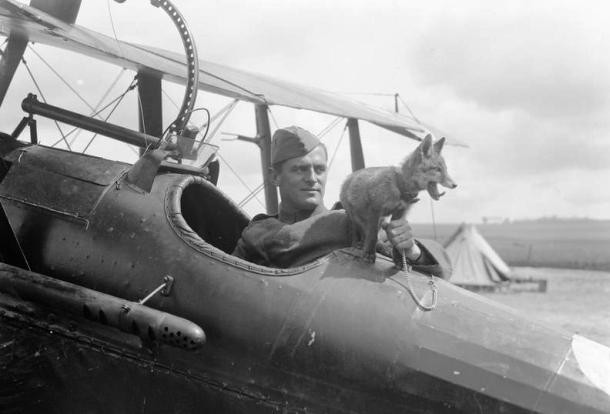
The role of the military mascot has a surprisingly long tradition. Animals such as ponies and dogs are common unit mascots but members of the No. 32 Squadron, a Royal Air Force unit active in the World War I, chose a fox cub as their pet and companion. The famous picture showing a pilot with the fox was taken at Humieres Aerodrome, St Pol, France, on 5 May 1918.
Ox
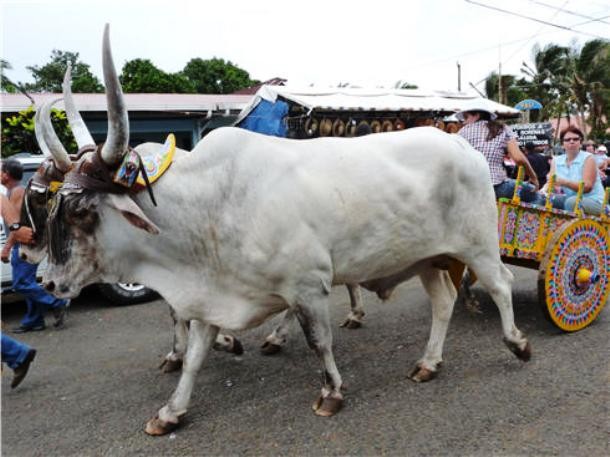
Similarly to mules, oxen have been also used as beasts of burden, especially to transport heavy or siege artillery through heavy terrain. These animals played a major role during the American Revolutionary War, when they hauled heavy supplies and they were important links in the Continental Army’s logistical network. Contrary to their reputation, oxen are very intelligent animals capable of learning numerous commands.
Camel
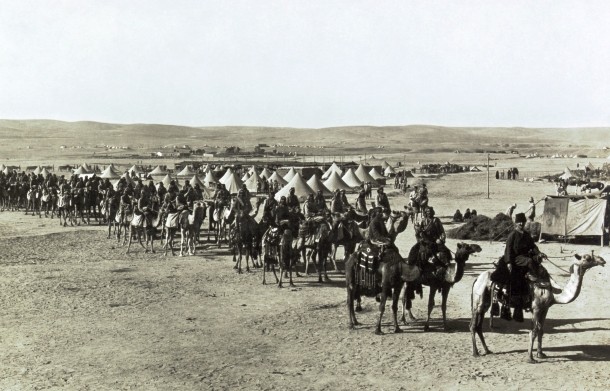
Similar to mules and horses, Camels have been used for similar purposes but in much hotter and arid environments such as deserts. Allegedly, the smell of camels even frightened enemy horse cavalry. Some Persian and Arabic warriors even armored their camels and equipped them with artillery.
Elephant
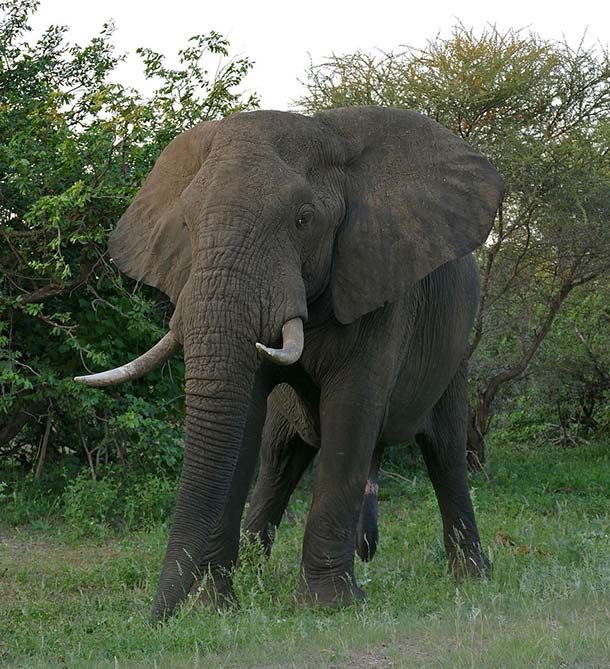
As the largest living terrestrial animal in the world, elephants have often beem transformed into giant killing machines. Ancient Indians were probably the first to tame the animals and use them in war with other civilizations following suit later on. The commander that made war elephants particularly famous was Hannibal (legendary Punic Carthaginian military commander) during the Second Punic War.
Moose
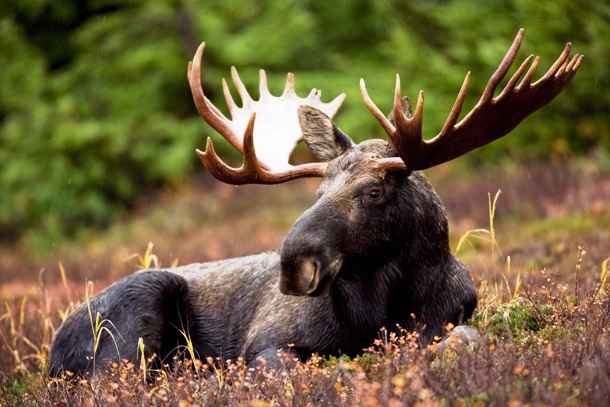
Even the moose, the largest living species in the deer family, has seen its fare share of time in the battle field. Both Sweden and, later, the Soviet Union, attempted to utilize moose as deep-snow cavalry. However, the moose proved to be unsuitable for warfare, as they easily contracted livestock diseases, were difficult to feed, and often fled the battleground.
Pigeon
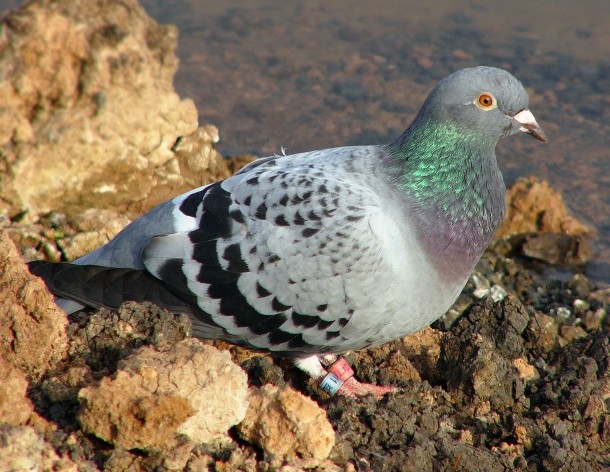
Thanks to their homing ability and excellent navigation skills, pigeons have been used as military messengers for centuries. During the World War I, Allied forces used as many as 200,000 of these stout-bodied birds. Where other methods of communication often failed, pigeons had a rate of success of about 95%.
Probably the most famous war pigeon was Cher Ami (French for “dear friend”) who helped save the Lost Battalion of the 77th Division in the Battle of the Argonne, October 1918.
Hawk
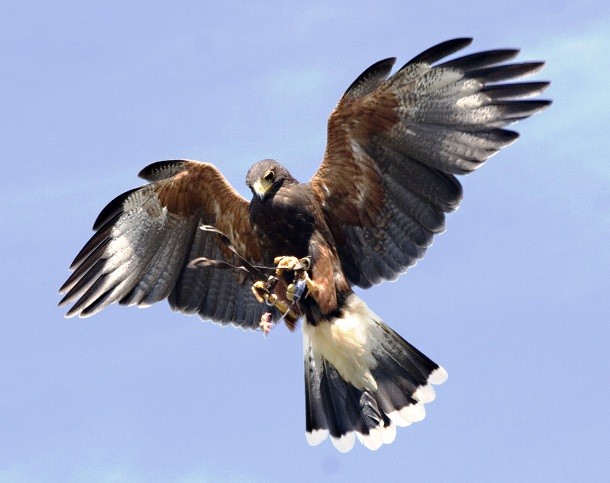
Communication via messenger pigeons became so popular and well-known that the Germans decided to counter-strike. Shooting the pigeons was not effective enough, therefore Germans often took hawks to the front line. Consequently, pigeons that managed to avoid the bullets often fell victims to these birds of pray.
Dolphins
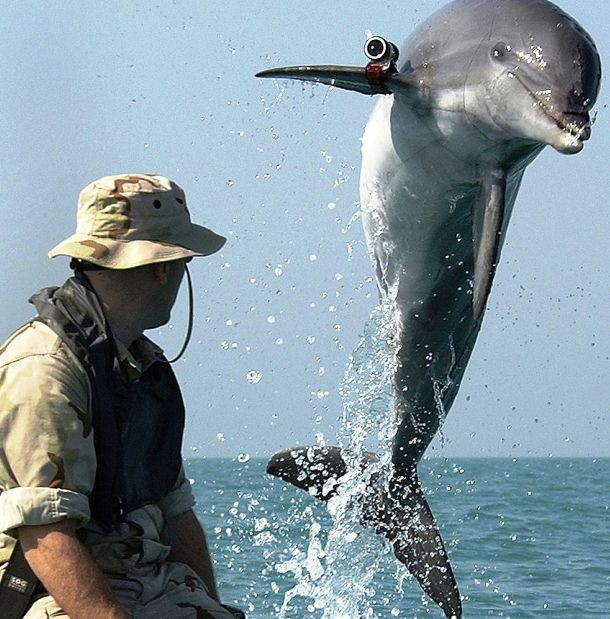
Dolphins rank among the most intelligent and teachable animals in the world and their unique abilities have been used in warfare as well. So called military dolphins can be trained for various purposes such as saving lost naval swimmers and detecting underwater mines. There’s even speculations about the existence of dolphins trained to kill humans.
Sea lion
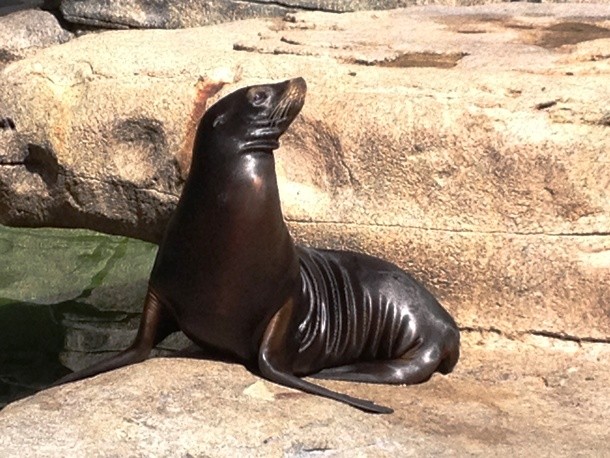
Similarly to dolphins, the sea lions are also unusually intelligent and can be trained to perform various tasks. The United States Navy has used the California sea lion, a coastal eared seal native to western North America to retrieve lost equipment and identify intruders swimming intro restricted areas.
Cat
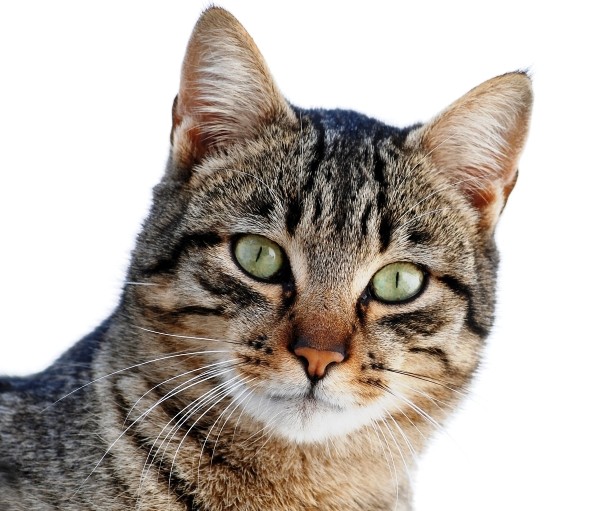
Cats have played more important role in warfare than most people would think. 2,500 years ago, Persians knew the Ancient Egyptians considered cats sacred animals so they purposely took them to the battlefields to prevent the Egyptian soldiers from attacking. In World War I, cats served as poison gas detectors and in the World War II, they were occasionally used to carry messages.
Crocodile
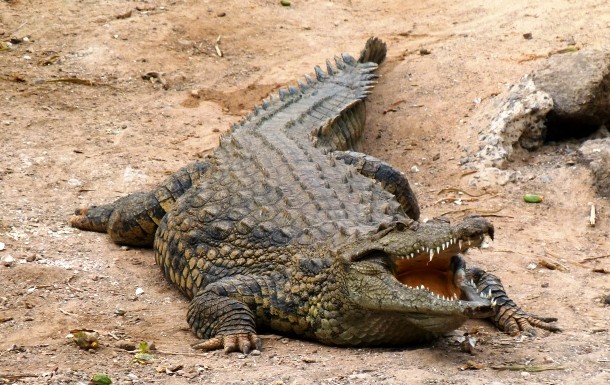
Crocodiles have never been used as an intentional war weapon (and hopefully, never will) but in a way, they did participate in World War II. In the Battle of Ramree Island (January – February 1945) in Burma, Japanese soldiers entered local swamps where thousands of hungry crocodiles were waiting. Hundreds of soldiers were eaten alive in an event that is considered the worst crocodile disaster in the world.
Rhino
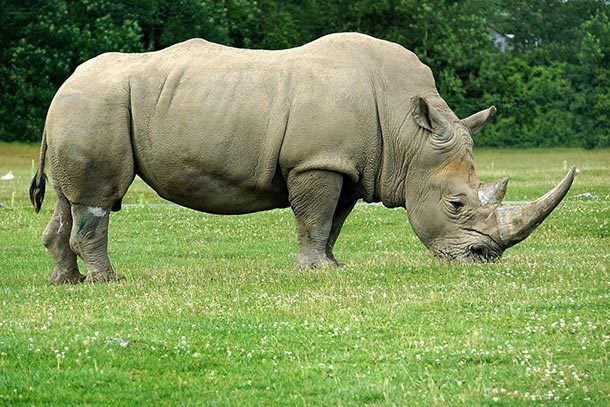
There’re some speculations that the rhinoceros, the second largest land animal, has also been used in war. A 1515 woodcut depicting an armored rhino suggests these giant mammals could have served as war weapons but their aggressive behavior and disobedient nature would make them extremely difficult to tame.
Pig
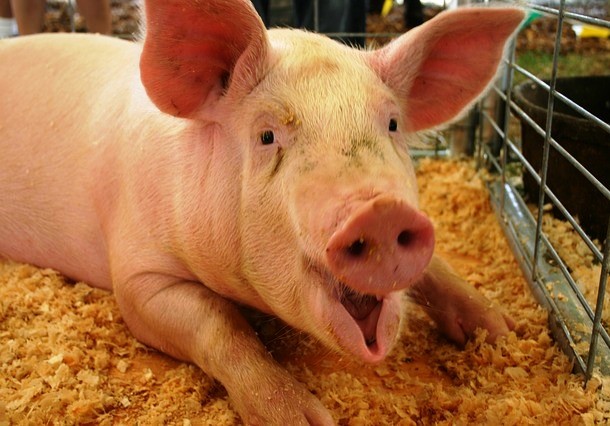
It’s hard to imagine pigs being any good in a battlefield, but rest assured, they were there. In ancient warfare, armored elephants were often used as formidable weapons, however the Romans learned that the elephants were scared of a pig´s squeal. Historical accounts state that pigs were sometimes set alight (to maximize the squealing) and driven towards the enemy’s elephants who – in sheer terror – panicked and trampled their own masters.
Bat
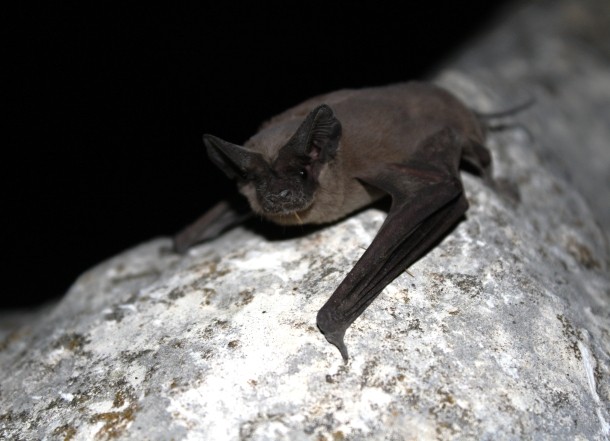
Bats became part of an unusual animal experiment in World War II. The American Army intended to use Mexican free-tailed bats to carry small timed incendiary bombs. They were supposed to bring the bombs in Japanese houses and set them on fire. The Army used about 6,000 of these little nocturnal mammals but the project proved to be unsuccessful and was soon abandoned.
Rat
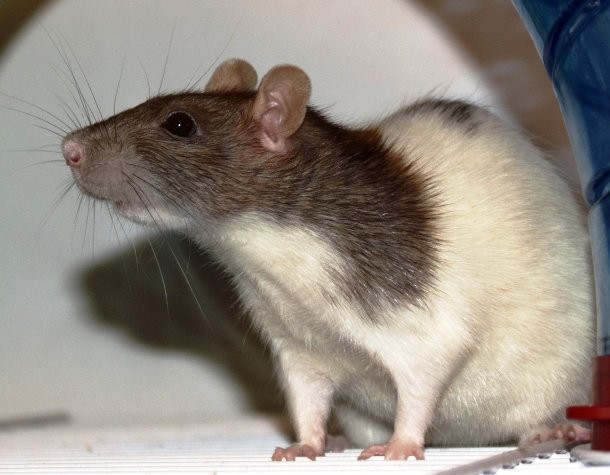
In World War II, rats were supposed to be used in a similar way as the bats. The British Army had the idea of stuffing dead rat bodies with explosives. The carcasses were to be distributed near German boiler rooms, where it was expected they would be disposed of by burning, with the subsequent explosion having a chance of causing a boiler explosion. However, the rat bombs were never actively used.
Glowworm
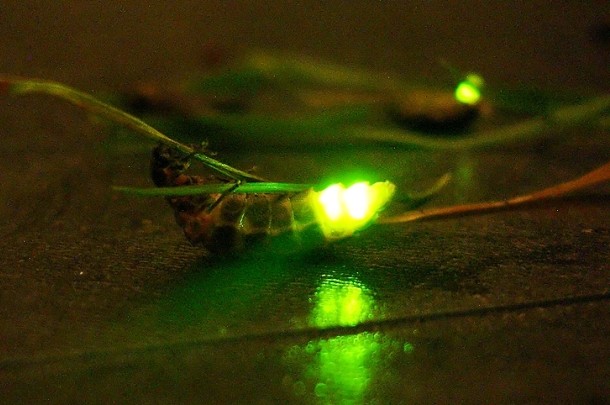
As unlikely as it may seem, glowworms also played their role in warfare. In World War I, soldiers hiding in dark trenches collected the insect in jars to create glowworm lanterns. Allegedly, it only took a few specimens of this insect species to emit enough light to study battle maps and read letters.
Bee
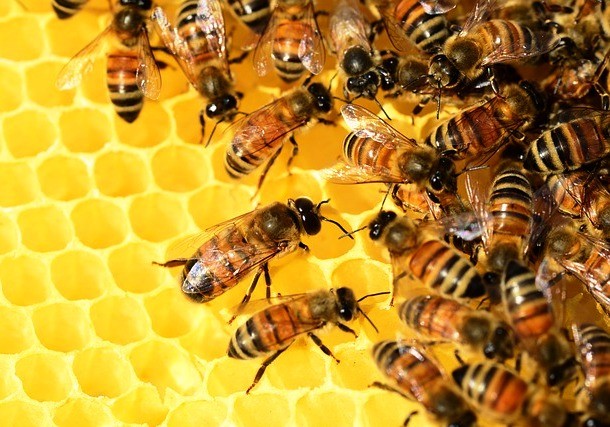
Ancient Greeks, Romans and other civilizations catapulted bee hives over the walls of besieged cities, releasing masses of angry bees at their enemies. However, in modern world warfare, bees have been trained to sniff out bombs and other explosives.
Squirrel
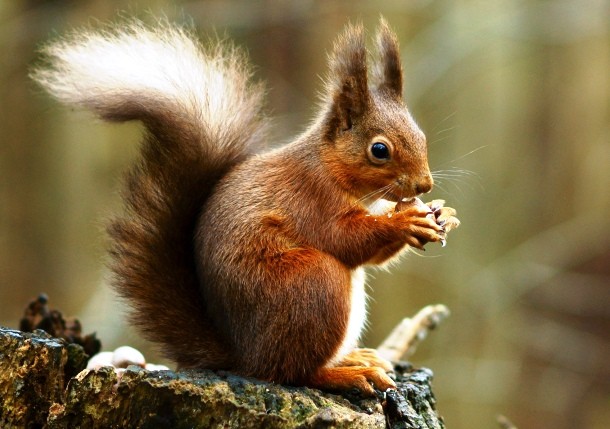
In 2007, Iranian intelligence operatives captured 14 squirrels, which they considered spies because the rodents, found near the country´s borders, were allegedly carrying spying equipment of foreign agencies. According to the operatives, the squirrels were serving as spies for Western powers with the intention of undermining the Islamic Republic.
Vulture
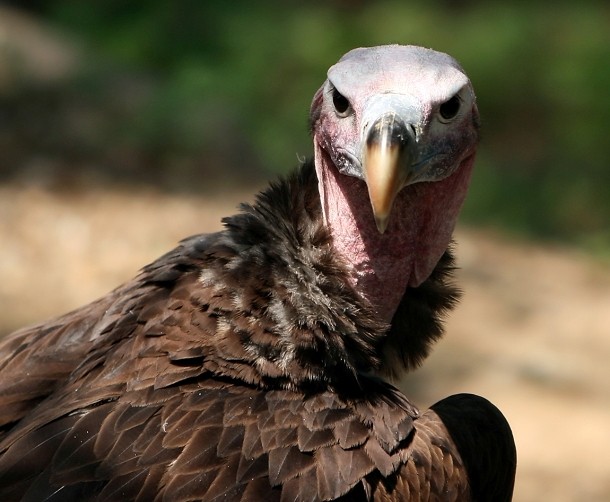
Squirrels were not the only animals accused of espionage. In recent history, there have been several cases of various birds carrying alleged spying equipment. According to an Israeli ornithologist, Sudanese authorities detained an Egyptian vulture in the late 1970s carrying Israeli equipment used for animal migration tracking and a Griffon vulture with a suspicious Israeli gear was captured by a Saudi farmer in 2011.
Turkey
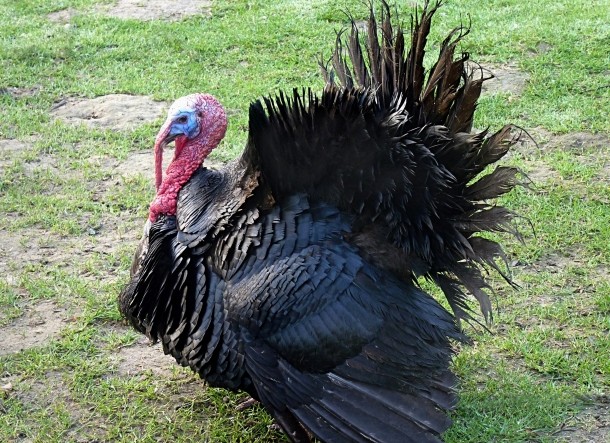
During the Spanish Civil War (1936–1939), a group of Nationalists retreated in a monastery, cut out of all regular distribution channels so the only way they could receive supplies was from the sky. To deliver the fragile supplies, the Nationalist pilots attached them to turkeys, which descended flapping their wings, thus serving as parachutes for the equipment. After the delivery, the turkeys also provided food for the hungry soldiers.
Chicken
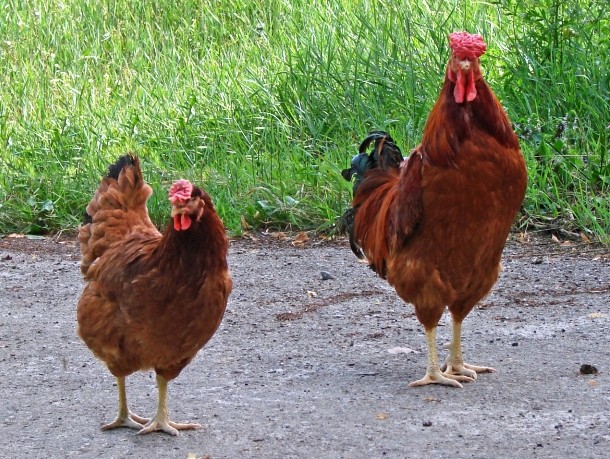
If you think KFC only refers to the fast food chain, you have probably never heard of Kuwaiti Field Chicken (KFC), a secret military operation of the American Army in the Gulf Wars. In the operation, the American soldiers adopted 250 chickens to carry atop their Hum-Vees. Sensitive to poisonous gases, the chickens were to serve as early warning devices of chemical warfare.
Bear
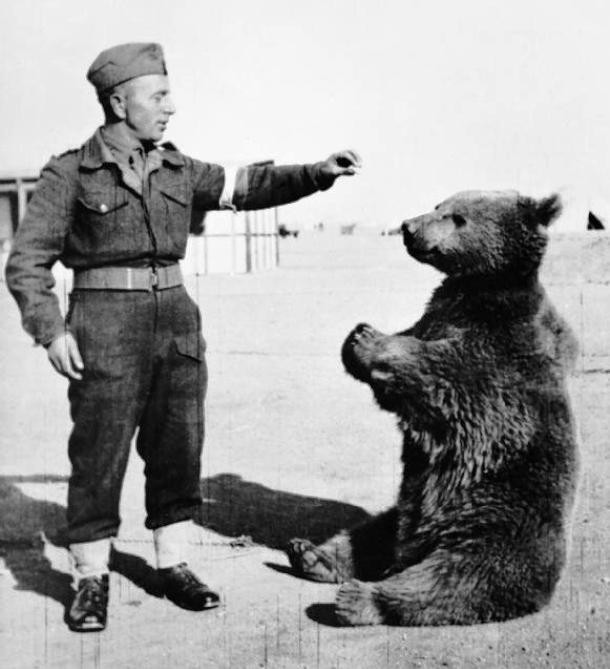
There have been no war bears recorded in the history of warfare with just one exception. A Syrian brown bear called Wojtek. Found as a cub in Iran, Wojtek was adopted by the Polish Army and soon became the mascot and pet of all the units. He even was officially drafted into the army as “private Wojtek”. He is known to have reliably moved ammunition and helped the soldiers at the battlefields but his favorite hobby was smoking cigarettes and drinking beer. After the war, he was transported to the Edinburgh Zoo where he spent the rest of his life.



























